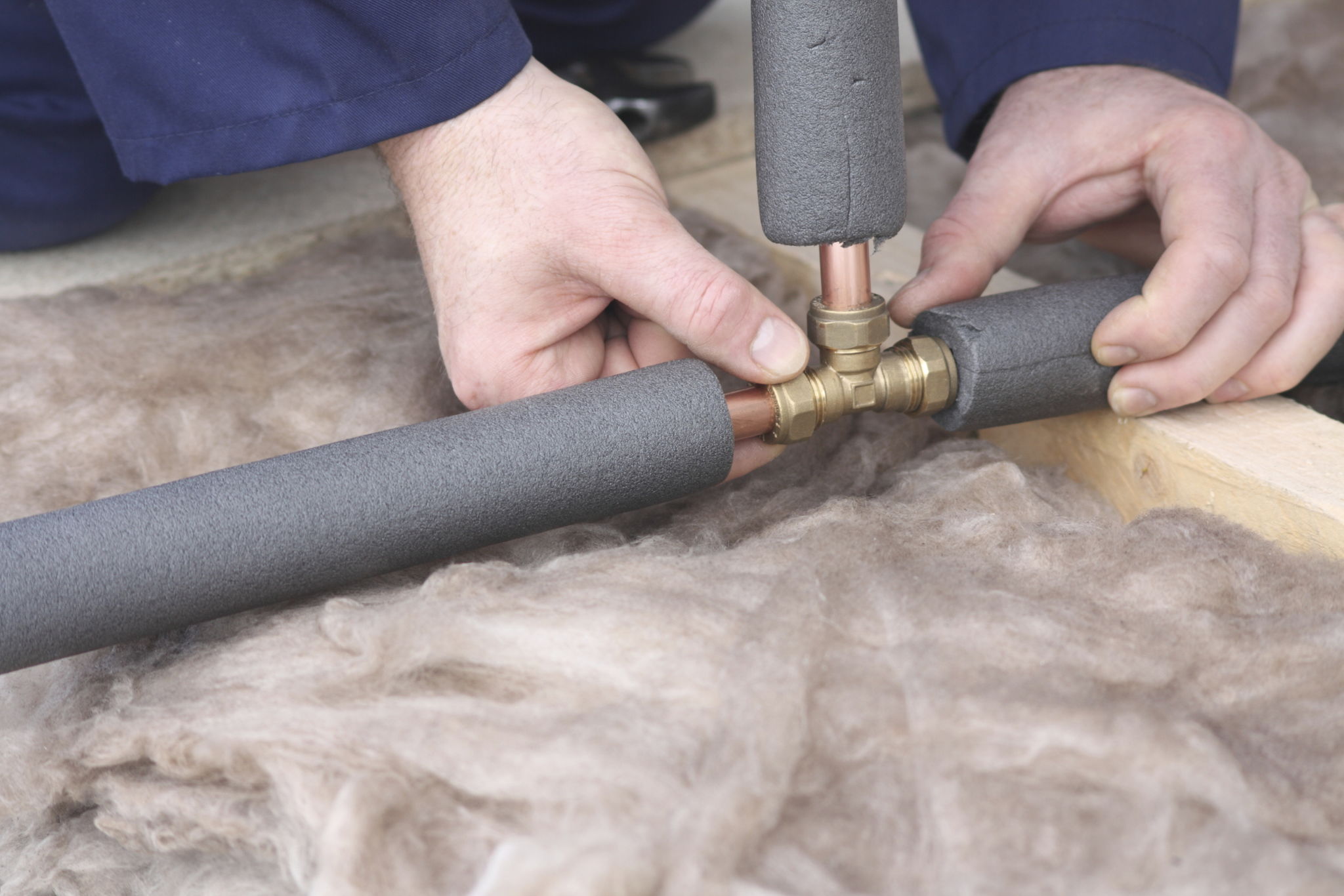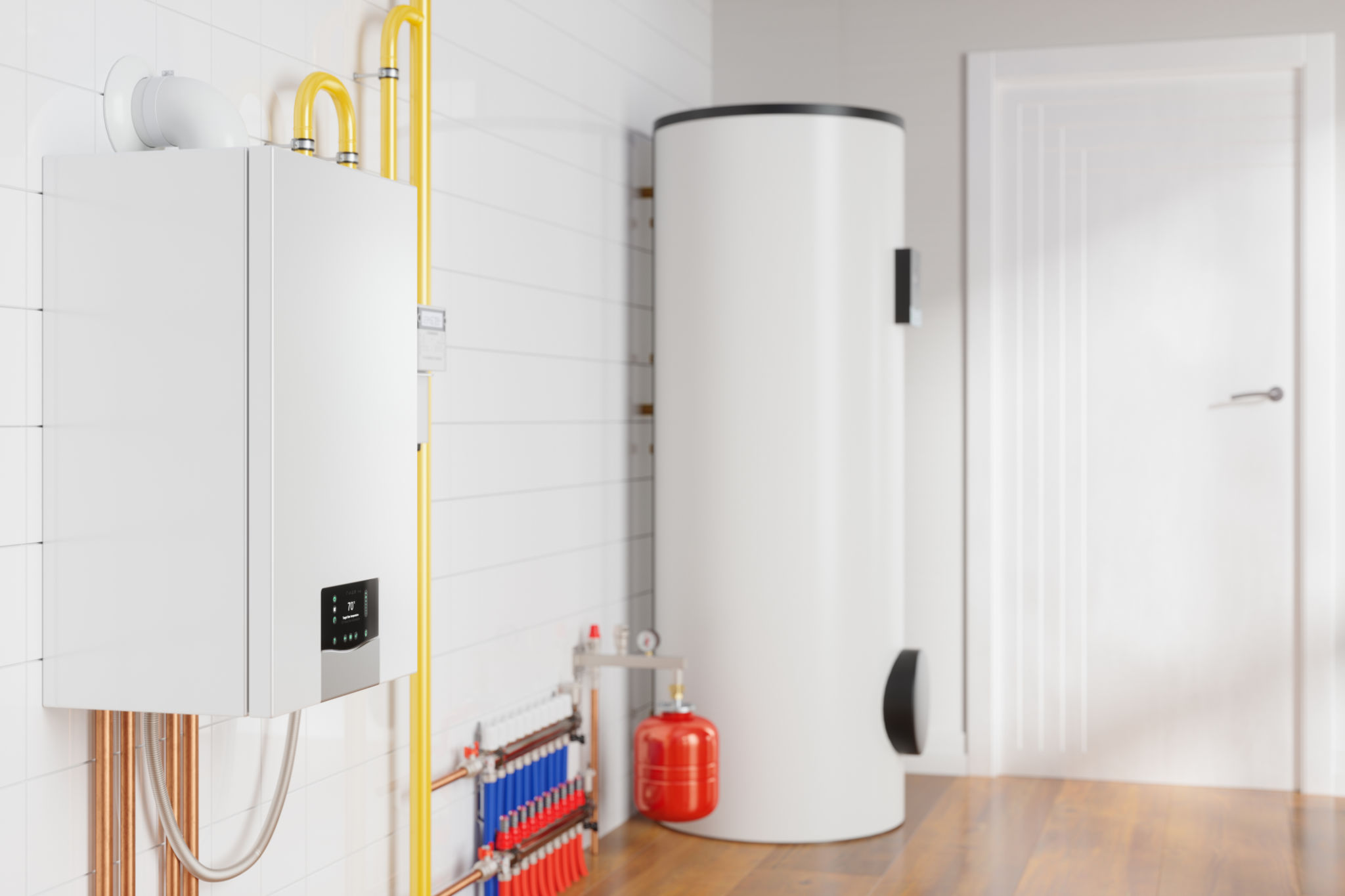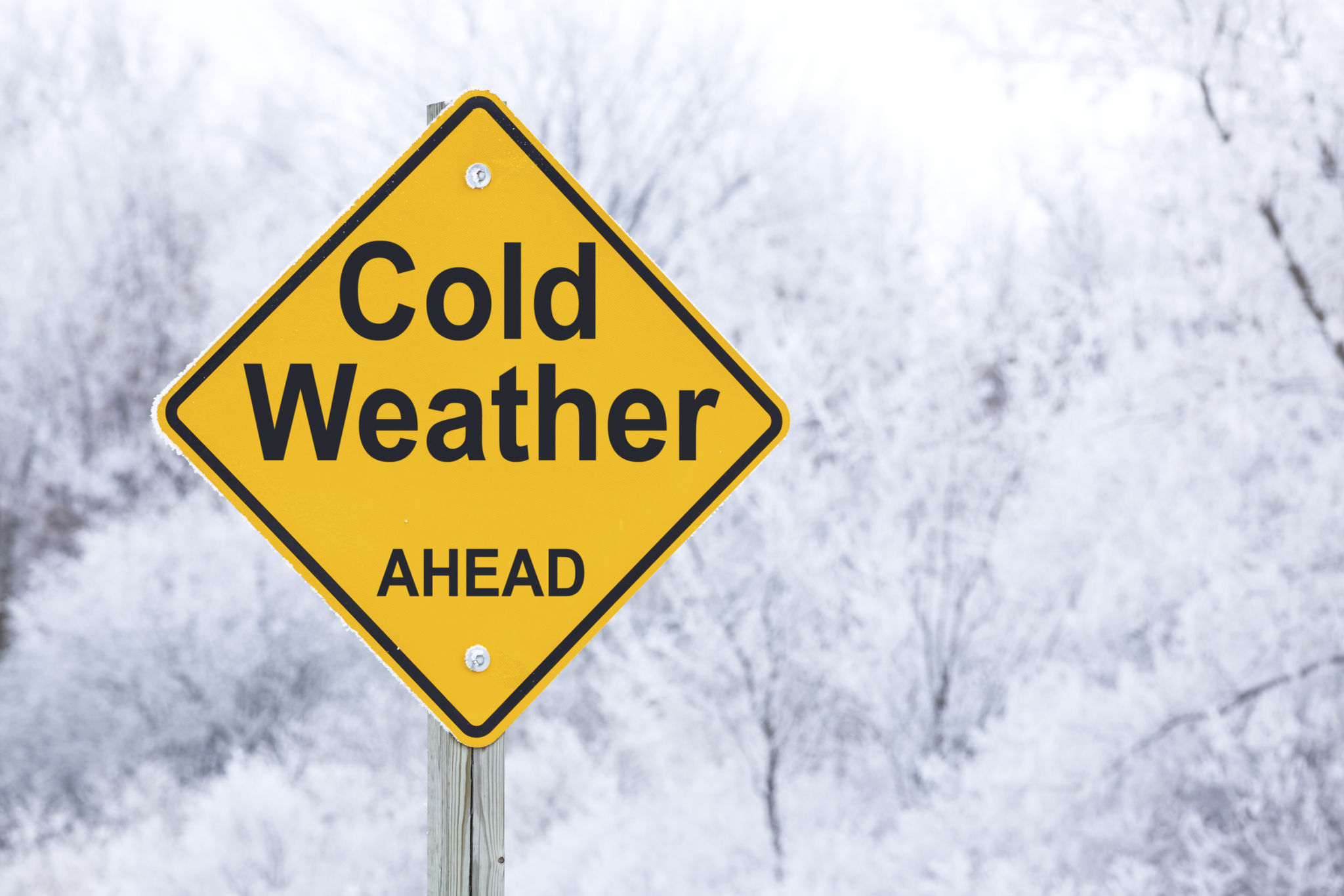Top Tips for Preventing Frozen Pipes in Ohio Winters
HG
Understanding the Risks of Frozen Pipes
Ohio winters can be harsh, and with temperatures often dropping well below freezing, the risk of frozen pipes is a serious concern for homeowners. When water in your pipes freezes, it expands, which can cause pipes to burst and lead to costly damage. Understanding how to prevent this can save you from potential headaches and expenses.

Insulate Your Pipes
One of the most effective ways to prevent your pipes from freezing is by insulating them. Focus on pipes located in unheated areas such as basements, attics, and garages. Use foam pipe insulation as it is easy to install and provides excellent protection against cold temperatures. Additionally, consider insulating areas around windows and doors to reduce drafts.
Choose the Right Insulation Material
There are various types of insulation materials available, such as foam, fiberglass, and rubber. Foam insulation is popular due to its ease of installation and cost-effectiveness. For extreme cold, rubber insulation may offer better protection as it has a higher R-value, meaning greater thermal resistance.

Keep Your Home Warm
Maintaining a consistent temperature inside your home can significantly reduce the risk of frozen pipes. Set your thermostat to at least 55°F, even when you're away. This ensures that the indoor temperature remains above freezing and keeps the pipes warm enough to prevent freezing.
Seal Drafts and Leaks
Cold air entering your home through drafts can lower the temperature around your pipes, increasing the risk of freezing. Seal any cracks or gaps around windows, doors, and the foundation of your home. Weatherstripping and caulk are effective solutions for sealing drafts quickly and efficiently.

Let Faucets Drip
During particularly cold spells, allowing faucets to drip can prevent pipes from freezing. Running water through the pipes—even a trickle—helps prevent freezing by relieving pressure in the system. This is especially important for faucets that are connected to exposed pipes.
Open Cabinet Doors
In areas where plumbing is located inside cabinets, such as under sinks, open the cabinet doors to allow warm air to circulate around the pipes. This simple step can help keep your pipes warm during extremely cold weather.
Prepare for Winter Ahead of Time
The best time to prepare your home for cold weather is before winter arrives. Take proactive steps such as scheduling a plumbing inspection, insulating pipes, and sealing drafts in the fall. Being prepared ahead of time can save you from dealing with emergencies during the harsh winter months.

Know What to Do if Pipes Freeze
If you suspect that your pipes have frozen, it's crucial to act quickly. Turn off the water supply to prevent further damage and gently heat the frozen section using a hair dryer or heating pad. Avoid using open flames or high heat sources as they can damage the pipes or cause a fire.
By following these tips, you can significantly reduce the risk of frozen pipes during Ohio winters and ensure that your home remains safe and comfortable throughout the season.